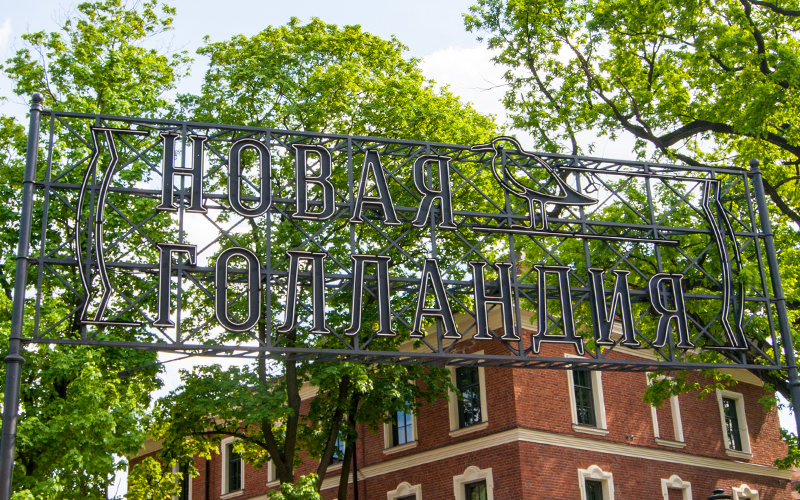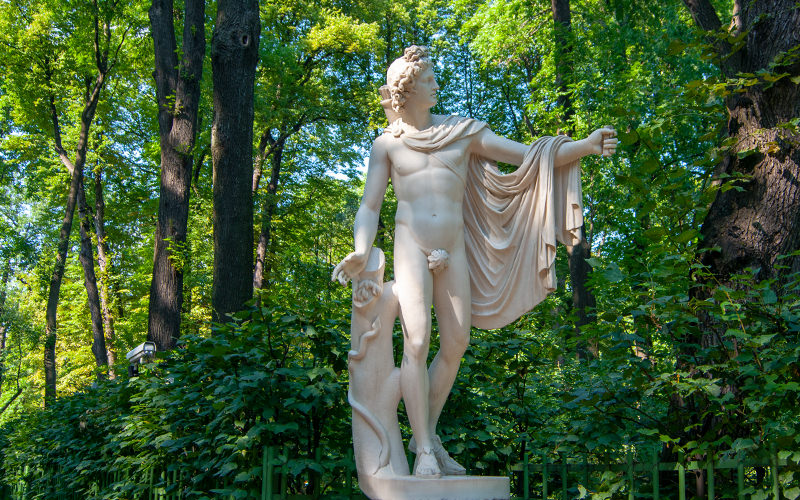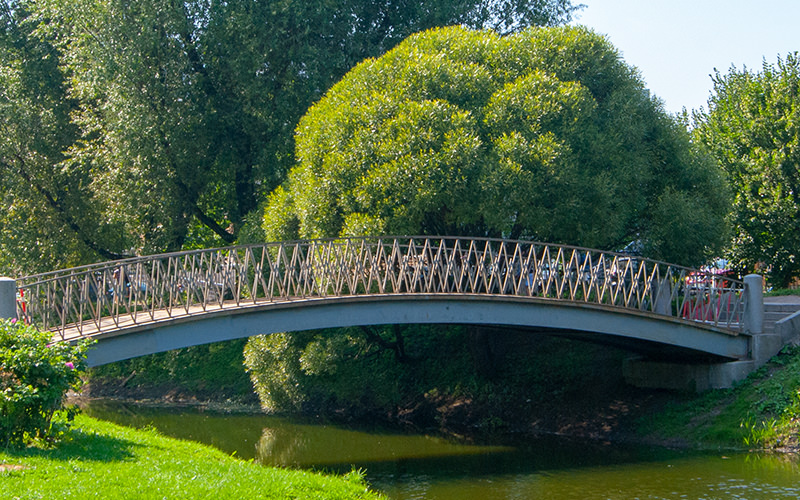We continue our series of articles about the Peter the Great Botanical Garden. Previously, we wrote about how to get to the garden and its tropical and aquatic routes. Despite it being December outside, we decided to visit the subtropical route.
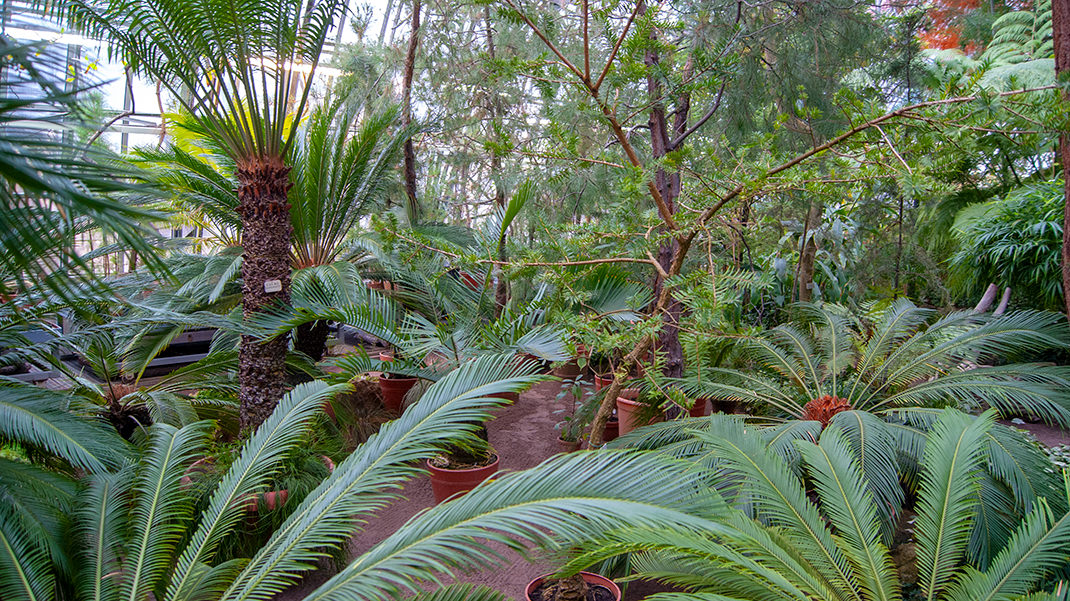
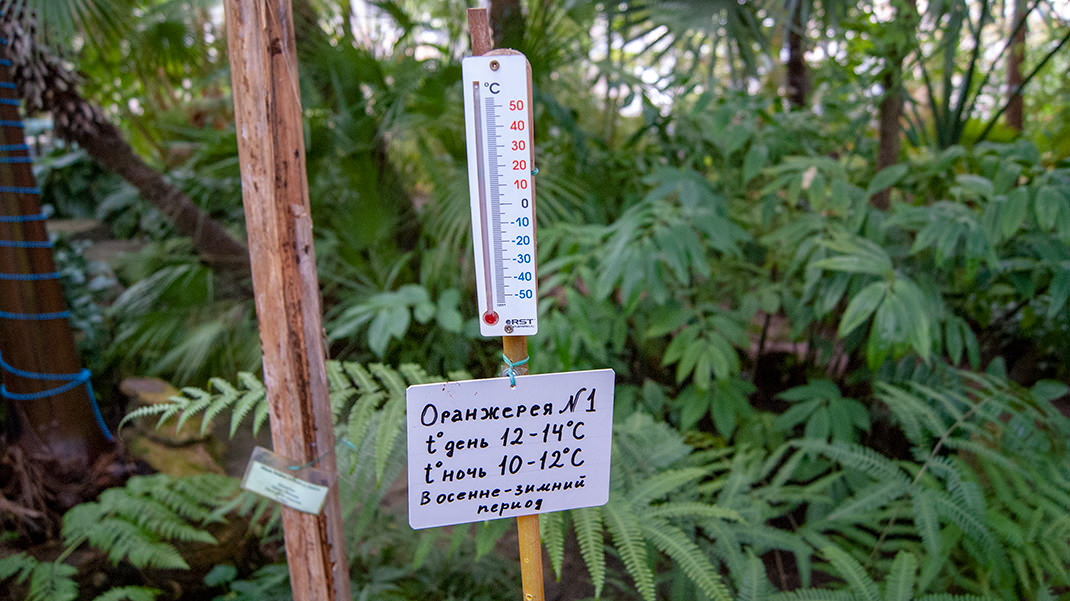
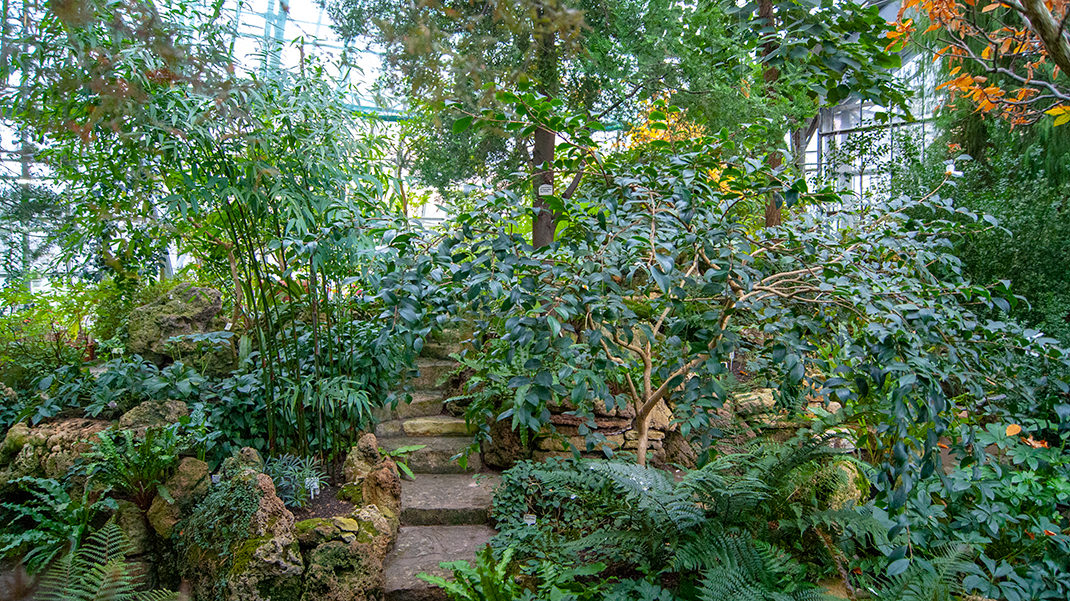
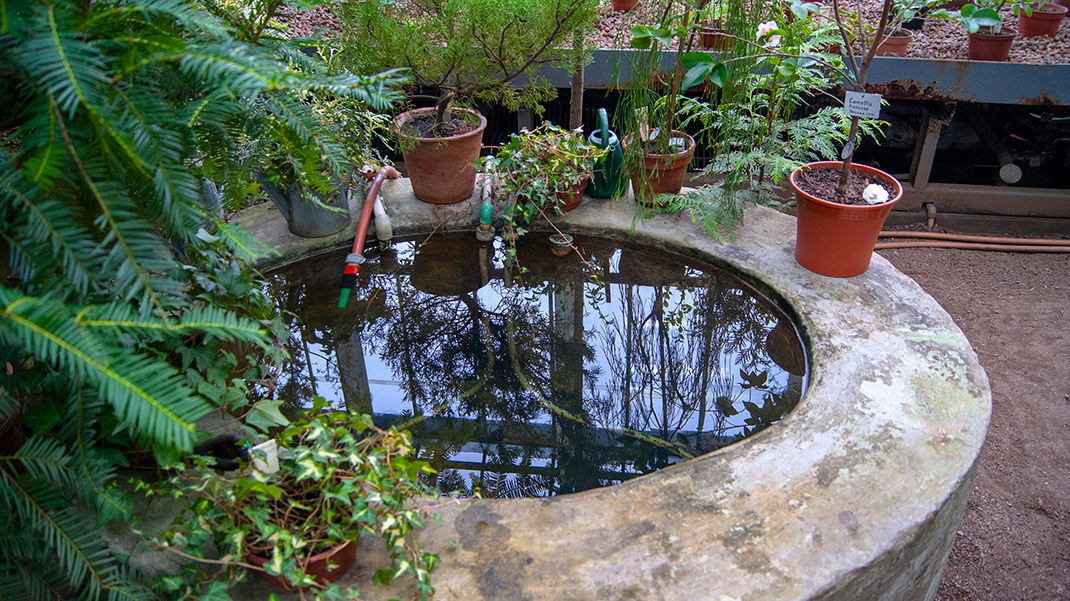
Please note that in winter, the ticket office on Aptekarsky Prospekt is closed, and you can enter the garden only through the main entrance on Professor Popov Street. The cost of an adult ticket is 300 rubles (winter 2018).
The winter season has its peculiarities — few flowering plants, and some trees are preparing to shed their leaves or have already done so (there aren’t many of these, and they don’t spoil the scenery). But believe me, there is still plenty of greenery: the garden features a large number of exotic plants and familiar “domestic” ones that usually grow on windowsills. As it turns out, the subtropics are the native habitat for many of these. Keep in mind that the daytime temperature in winter is between 10-14 degrees Celsius with very high humidity, so dress warmly.
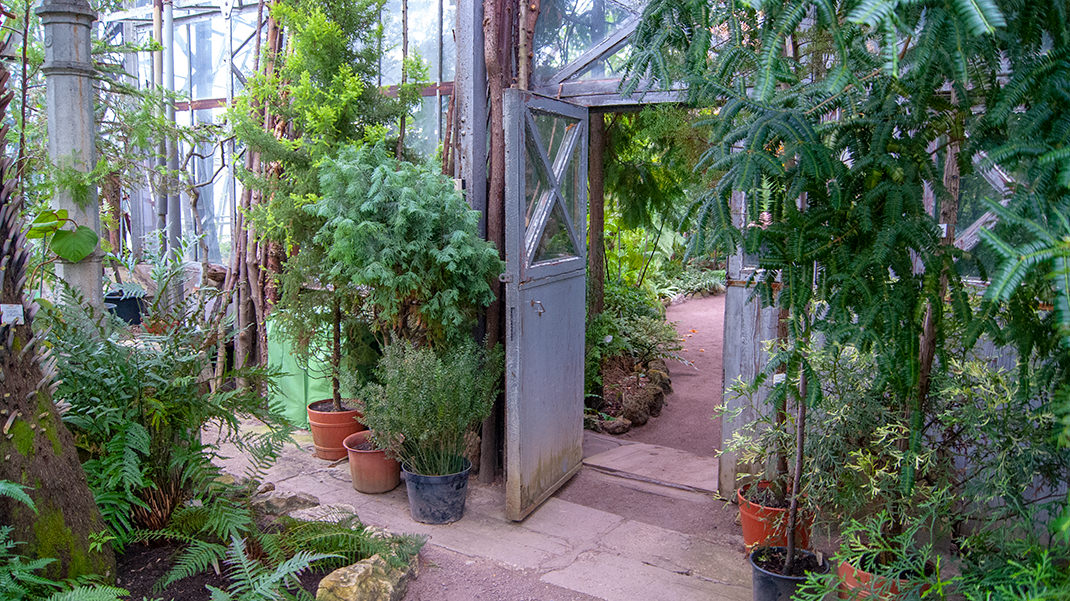
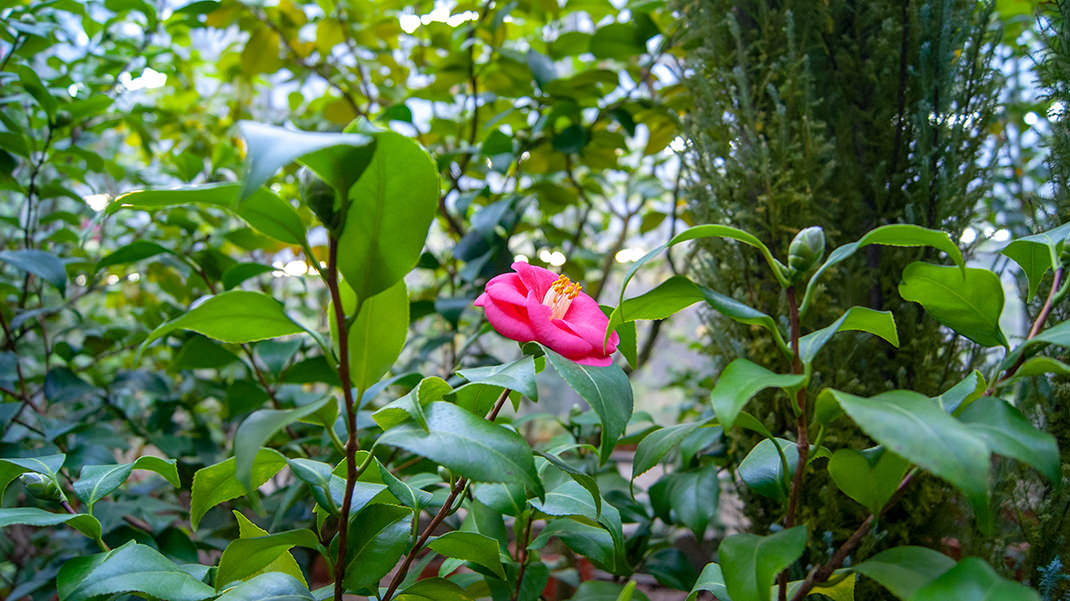
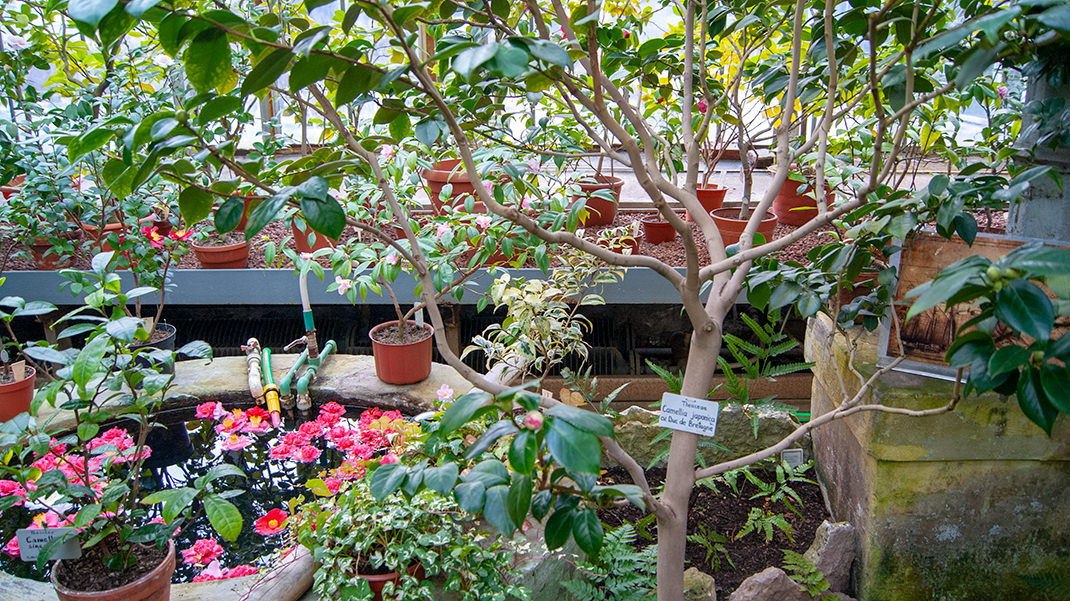
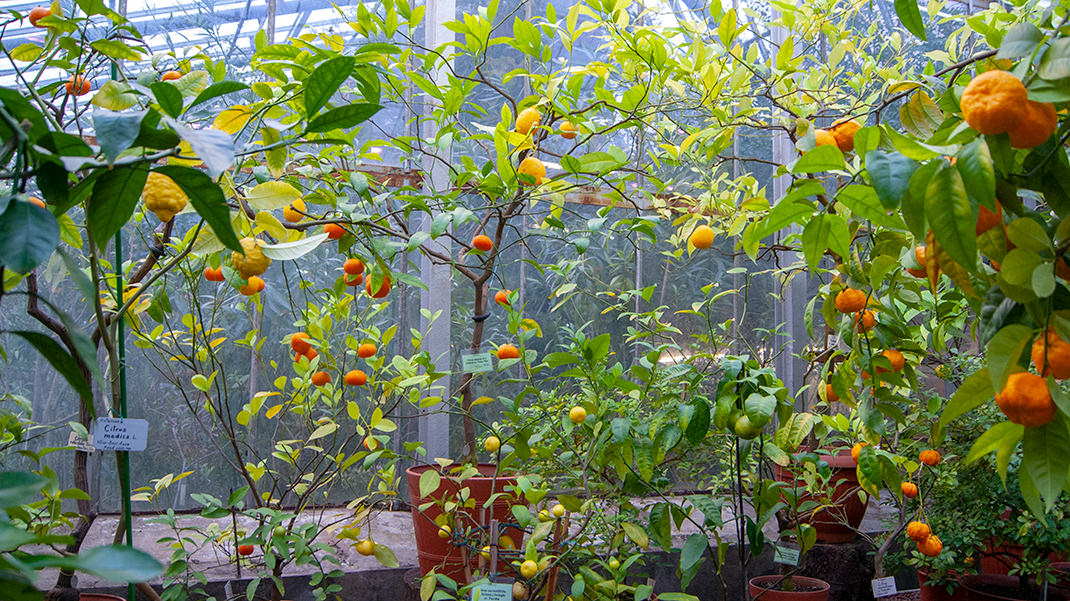
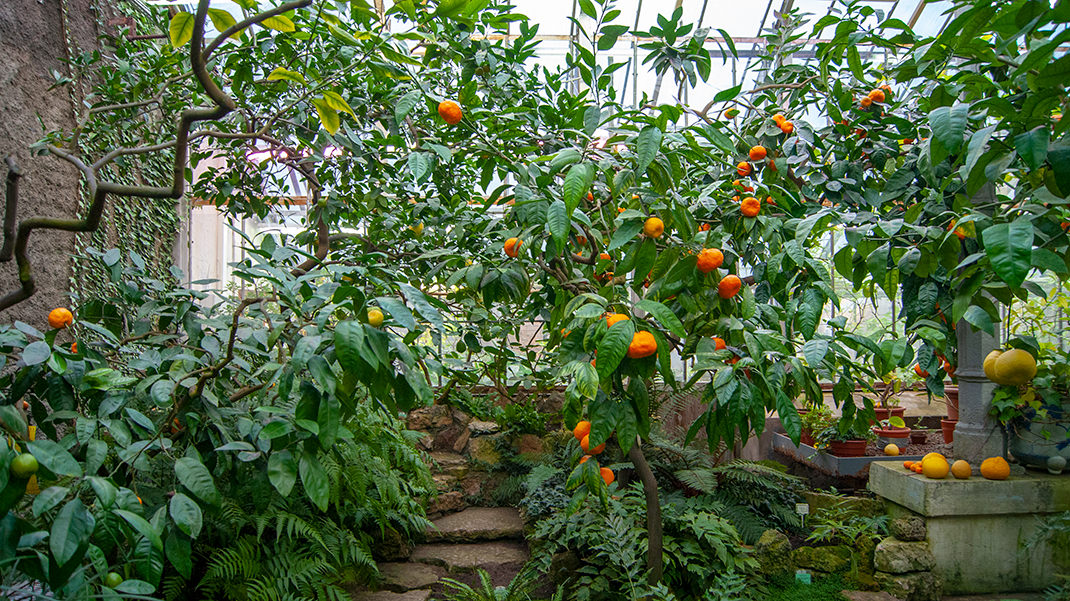
The first pavilions greet you with a large number of palm trees. With New Year approaching, many plants are decorated with ornaments and garlands, which look festive and interesting on the green palms. The palms vary greatly in leaf shape and height, with the tallest reaching the greenhouse dome. As on other routes, there are several trees with St. George ribbons— "Siege Trees" that survived the Siege of Leningrad.
Next, we entered the realm of ferns. They are incredibly diverse, with wide-spread leaves that sometimes obscure the paths. The guide explains each species in detail, but don’t try to remember everything—there’s a lot of information ahead, and it can get confusing. Along the way, there are various trees with intricately twisted branches, which are especially noticeable if the tree has shed its leaves.
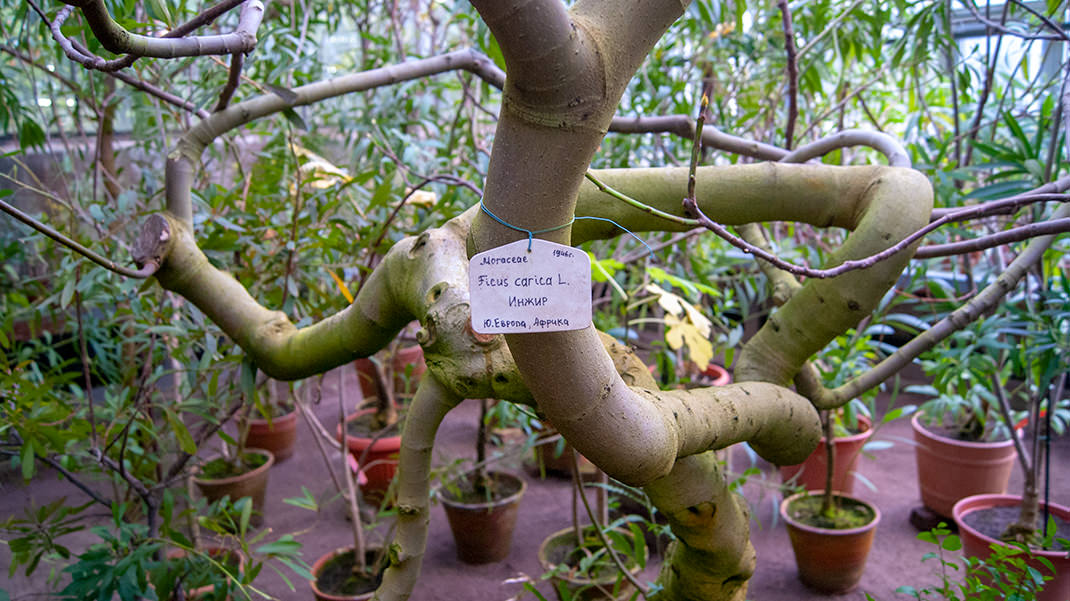
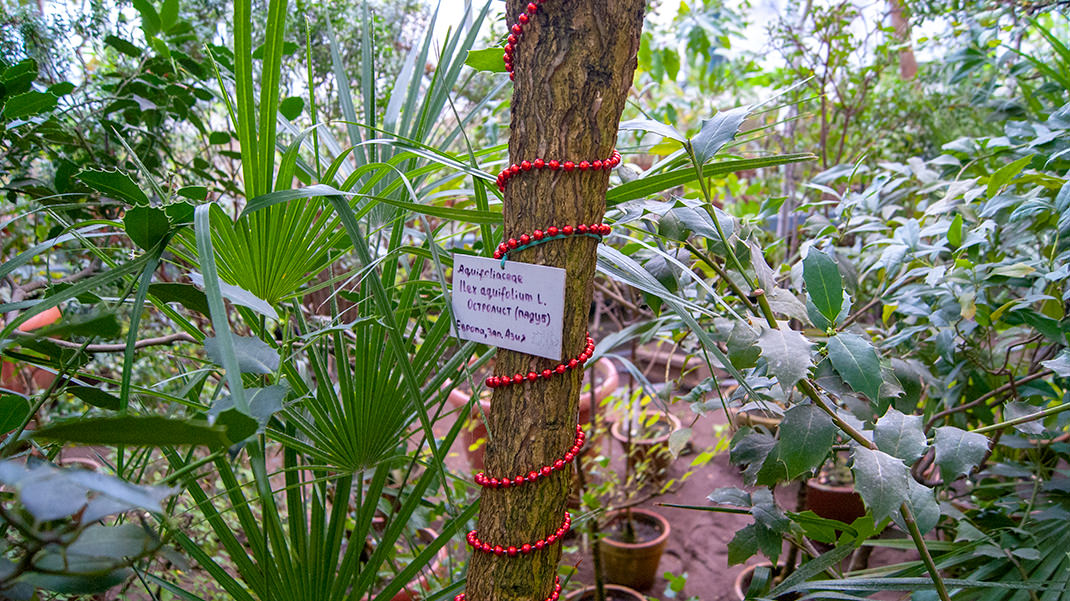
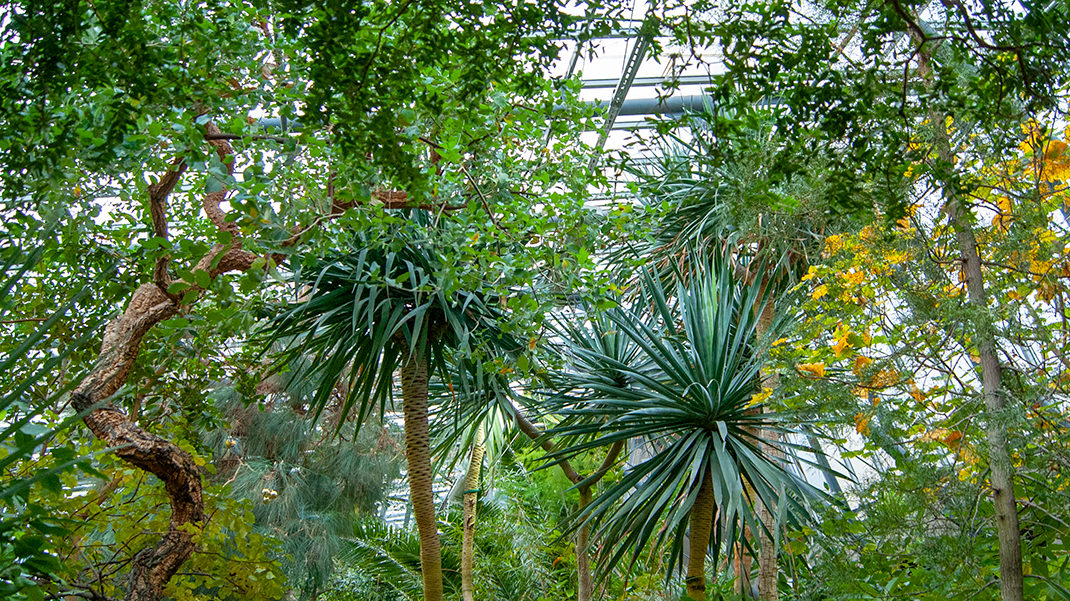
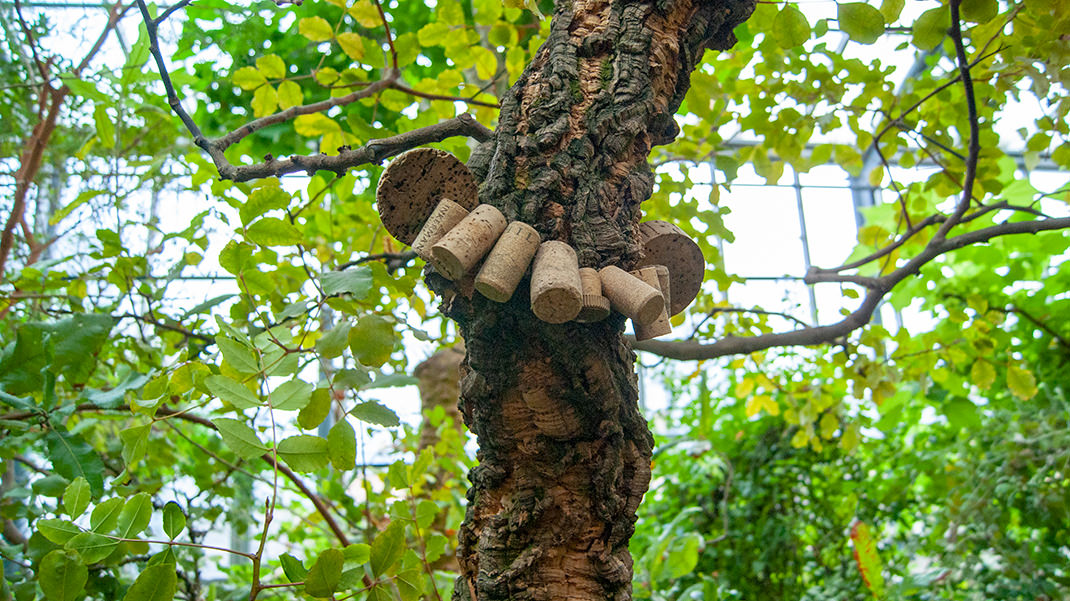
The entire tour takes place along the central path, but there are many side paths you cannot enter, nor can you explore the greenhouse without a guide. The reasons were not specified, but we were told that there had been some unfortunate incidents.
In one of the pavilions, a blooming camellia delights the eye. The flowers are large and pink, and the petals remain in the inflorescence even when they fall. This very flower inspired A. Dumas to write the novel The Lady of the Camellias.
Next, we entered the citrus kingdom, which is impressive. Numerous trees are laden with fruit: oranges, tangerines, and lemons. The largest fruit belongs to the bitter orange. They look juicy but are entirely inedible. What a pity. We also encountered fig trees, which had shed their leaves and displayed intriguingly twisted shapes. Another highlight is the cork oak, with samples of cork attached to the tree that can be made from it.
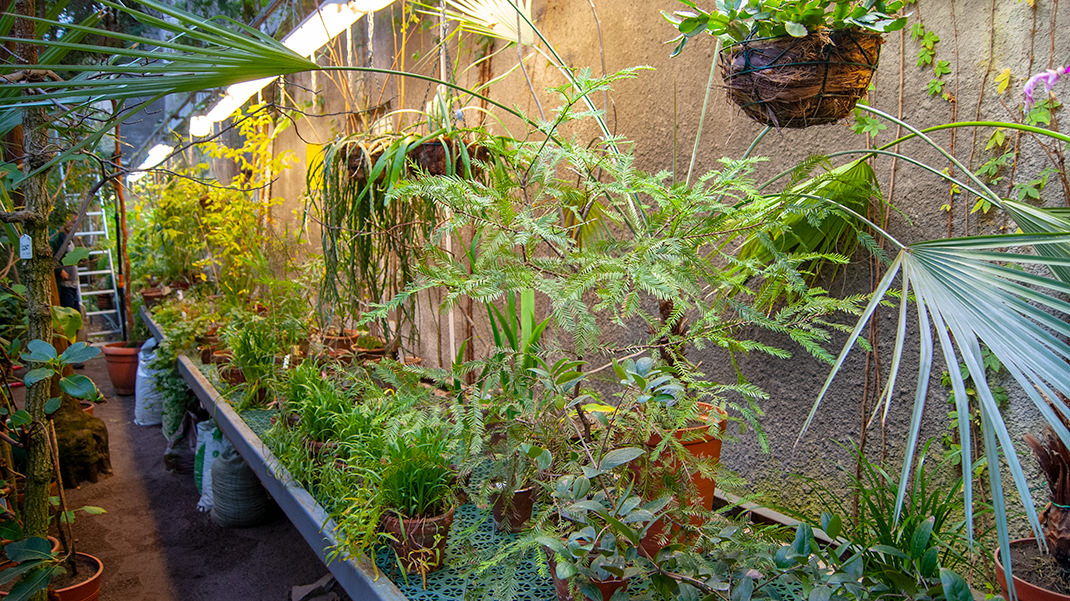
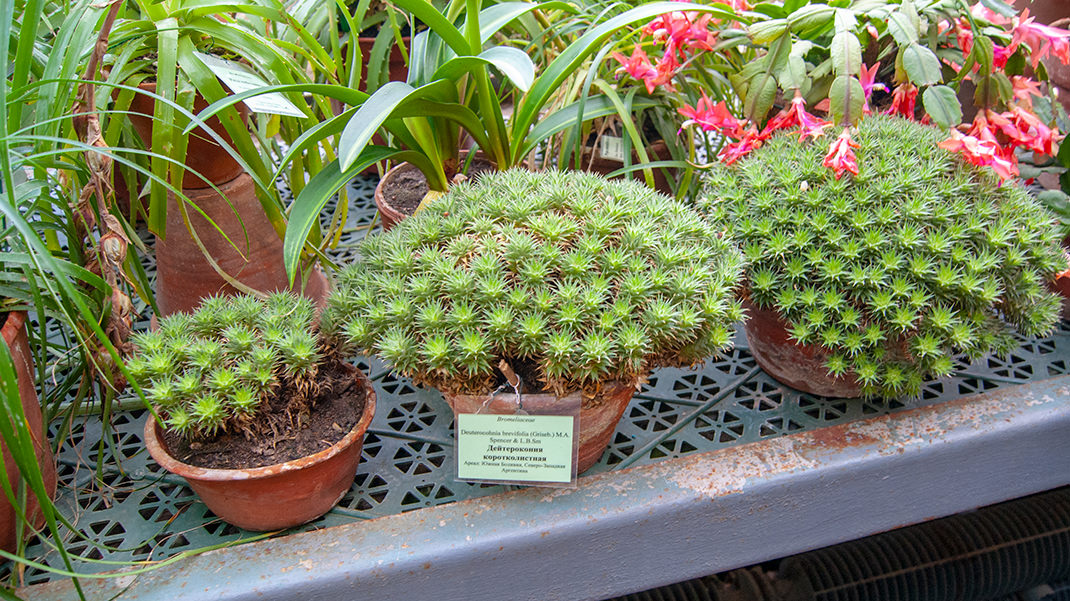
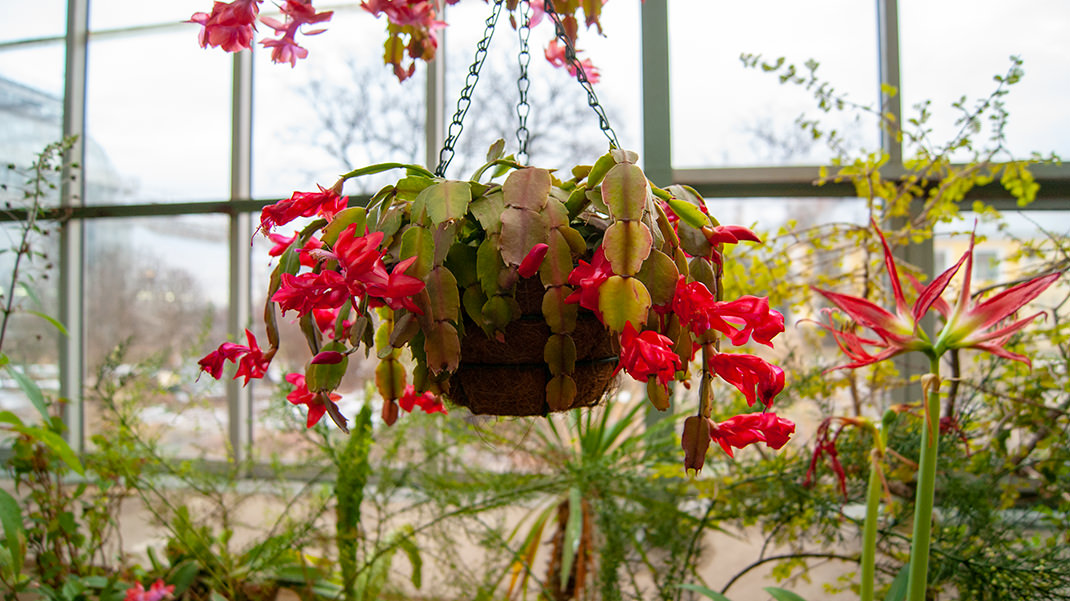
Following this is the realm of the familiar Christmas cactus. Potted plants are covered in flowers, with colors ranging from the well-known pink to white, light pink, and yellow-orange. Amidst winter, such a burst of color undeniably lifts the spirits.
The guide pointed out an unusual cactus growing by climbing up the trunk of a palm tree. This unassuming plant is known as the “Queen of the Night,” a cactus that only blooms at night. During its flowering period, nighttime tours are organized, but the exact timing and dates need to be confirmed in advance.
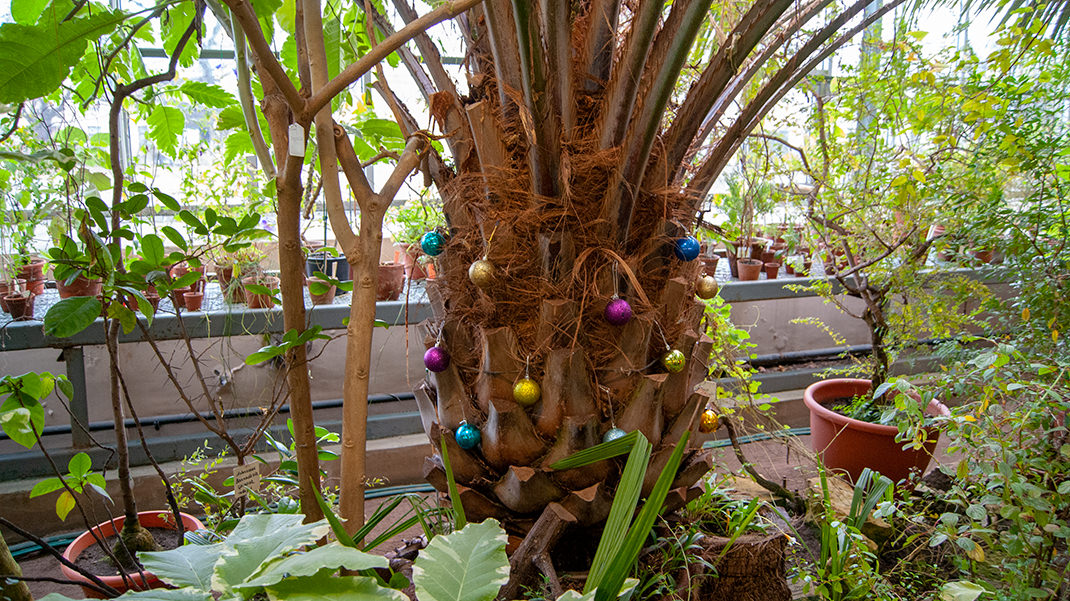
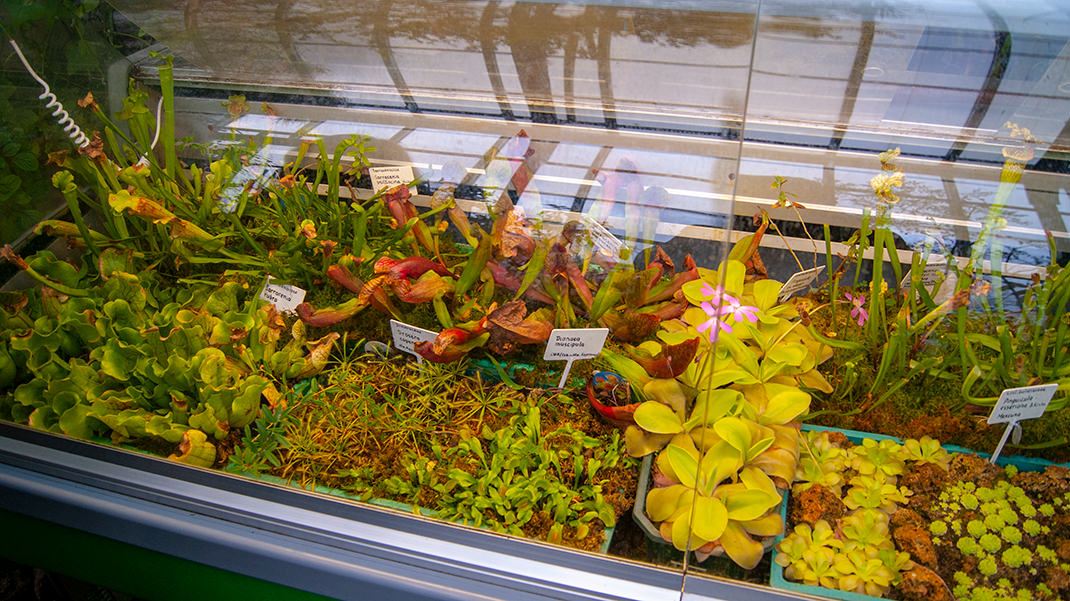
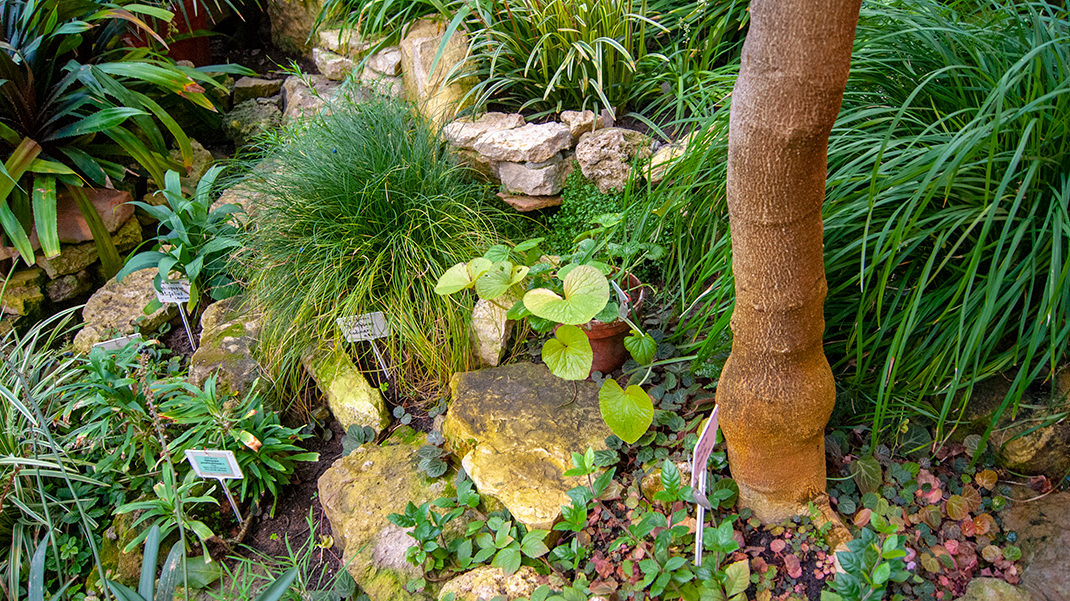
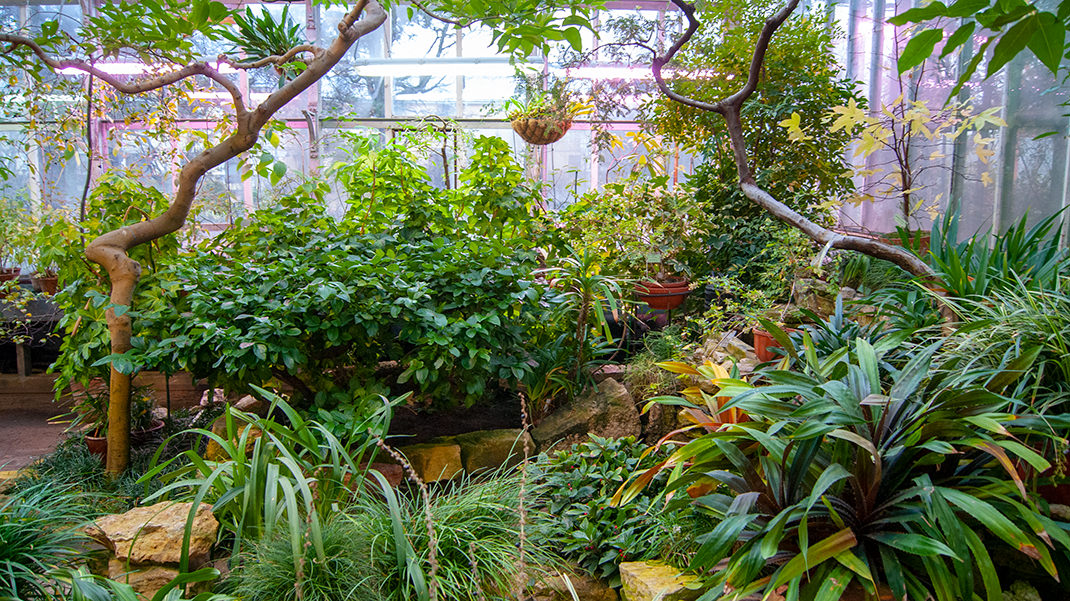
In the greenhouse dedicated to Japanese and Chinese plants, we learned interesting facts about bamboo. It turns out that bamboo is the fastest-growing plant, with a record growth rate in the greenhouse of 40 centimeters per day. Bamboo flowers only once in its lifetime, after which it dies. We had the unique chance to witness a blooming bamboo—a rare natural occurrence. More on this below. There is also a separate exhibit of carnivorous plants. They live in a special “aquarium” as they are very delicate, requiring specific temperature and humidity conditions.
The tour concludes in the Japanese courtyard, where we saw the blooming bamboo. According to the guide, it has been flowering for a year, continuously dropping and renewing its inflorescences. The guide will answer any questions here. Visiting the subtropical route in winter was a delightful experience, and we decided to return in spring when the entire greenhouse will be in full bloom.
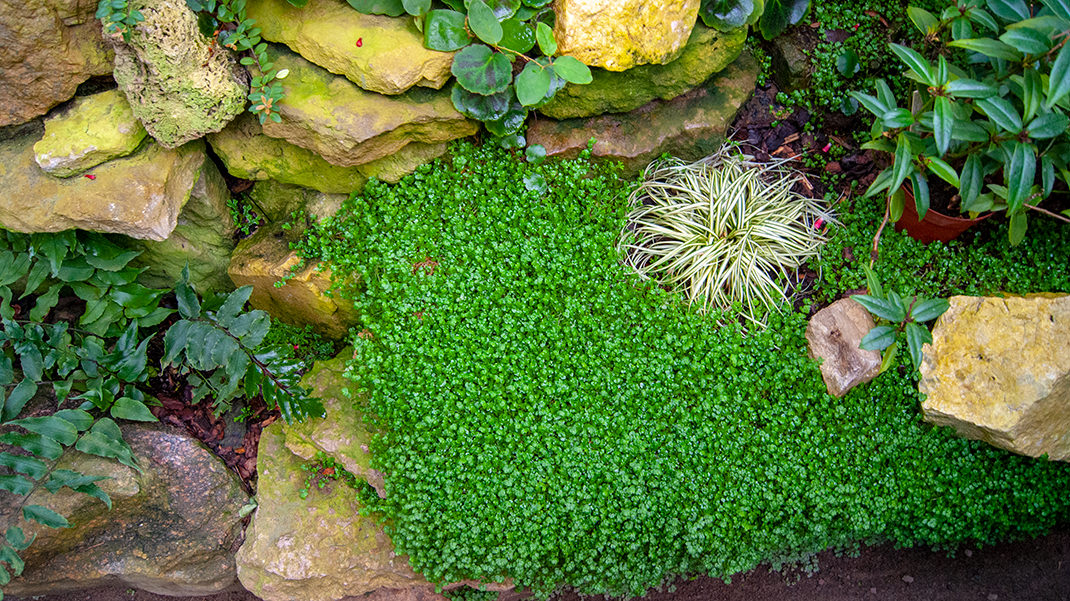
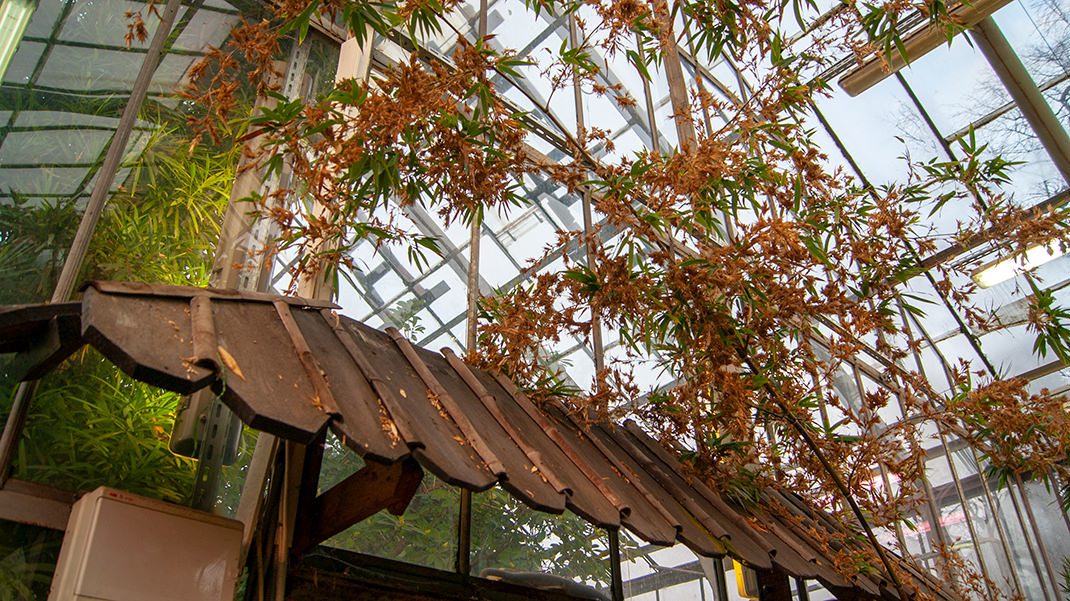
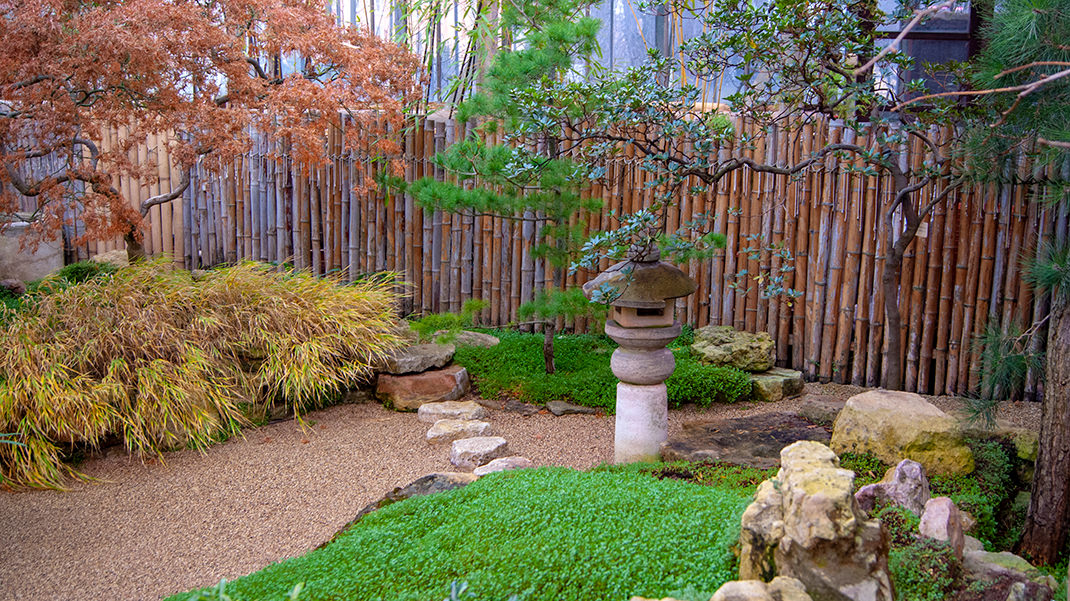
If you enjoy observing animals, you might also want to visit the Leningrad Zoo, located at the next metro station. It’s an equally interesting spot.
How to Get There
- An unusual walk among palms, especially in winter;
- Most plants will bloom in spring;
- The greenhouses are cool, so dress accordingly.
- Part 1. Peter the Great Botanical Garden
- Part 2. Water Route in the Botanical Garden
- Part 3. Tropical Route in the Botanical Garden


